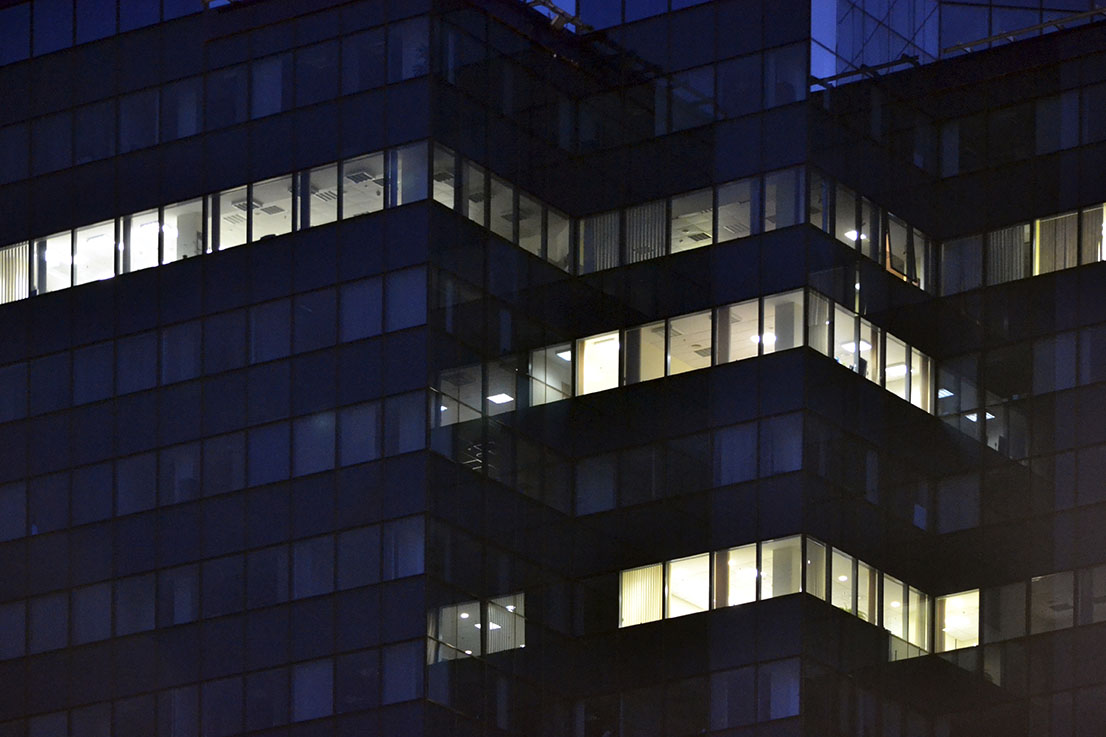Opportunity through action: Philips Lighting
We Mean Business
Last December at COP21, Philips committed to becoming carbon neutral by 2020. It also committed to RE100, using 100% renewable electricity by the same year. This is no small task and Philips Lighting is engaging its organization and working with stakeholders to make this happen.
“We are driving forward our commitments in our operations, in our factories, our offices and warehouses, in our logistics and in our business travel”, explains Nicola Kimm, Head of Sustainability, Philips Lighting. “We’ve already reduced our carbon footprint by 42% since 2007. As we reduce carbon in all of these areas, there are a lot of ways in which we can optimise our business. For example, in logistics we need to shift from air freight to sea freight. That not only saves carbon but saves money.”

As more and more businesses and city authorities seek to reduce their carbon footprints, this is a huge growth opportunity for Philips Lighting. By not only having the right products and services, but also the credibility and leadership displayed by making bold public climate commitments, Philips Lighting is in a good position to capitalise in what is a growing market.
“Many leading companies are asking us to hold workshops with them around how to reduce their footprint”, informs Kimm. “Our leadership position on this and external recognition from the likes of the Carbon Disclosure Project (CDP), really helps with customer engagement.”
To meet those customer expectations, Philips Lighting must continually innovate to offer more and more efficient products. “All of our products and services must be 10% more energy efficient compared to the benchmark, which is normally set at regulatory requirements”, says Kimm. More than 90% of a lighting product’s environmental footprint comes from its energy use. By switching to LED lighting – one of Philips’ most important product lines – electricity consumption can be reduced by up to 80%. This is how Philips Lighting can help its customers reduce their own footprint.
One such innovation, PowerBalance gen2, provides a lighting solution for commercial buildings that reduces energy costs by a minimum of 50% compared to a traditional fluorescent tube. It is also part of Philips Lighting’s new circular economy approach. By offering ‘Light as a Service’, Philips Lighting commits to maintain the lighting for the customer, upgrade it whenever the latest technology becomes available on the market, and takes the ownership of the materials until the products’ end-of-life. Philips Lighting has established Collection & Recycling Service Organizations (CRSOs) in 22 EU member states in collaboration with industry partners, ensuring that more than 80% of the waste that is collected from lamps is re-used.
Philips Lighting’s newly launched sustainability program ‘Brighter Lives, Better World’ also commits to driving the company’s zero waste to landfill program, with a focus to reduce, recycle and
re-use waste in all of its manufacturing sites.
“Sustainable innovation represents 81% of our innovation spend”, continues Kimm. “Circular lighting is a big part of that – providing lighting that is up-gradable, serviceable, that is an operational expense not a capital expense. In that way the customer gets the most sustainable system, where we take care of the whole end-of-life waste stream… this also mitigates against risk, pushing us to go beyond what constitutes a sustainable product, and anticipating future legislation.”
New innovations are also being developed to service the new sustainable business models and sectors that are emerging, such as urban farming, aqua-farming and water purification. Smart cities will also require smarter lighting systems. “The number of light points will go up by 35% by 2030, compared to 2006”, informs Kimm. “We will address the greater demand caused by increased urbanisation through digital lighting: by connecting these light points with smart sensors and management systems we will reduce energy use overall. And the nice thing is that energy and cost goes hand-in-hand so it’s a win-win situation for us and our customers.”
—

